Photos | The capture of Sukhum: the main battles for the liberation of the capital

Abkhaz fighter during street clashes in Sukhum. 27 September 1993
On 27 September 1993, Abkhazian troops reached the centre of Sukhum; by 15:30 the flag of the Republic of Abkhazia fluttered over the building of the Council of Ministers — the capital of Abkhazia was liberated.
The operation of the Abkhazian army to liberate the city of Sukhum began on 16 September 1993; already on the 27th the capital of Abkhazia was liberated from the Georgian invaders.
Georgian Soldiers (Click photos to enlarge and to read captures)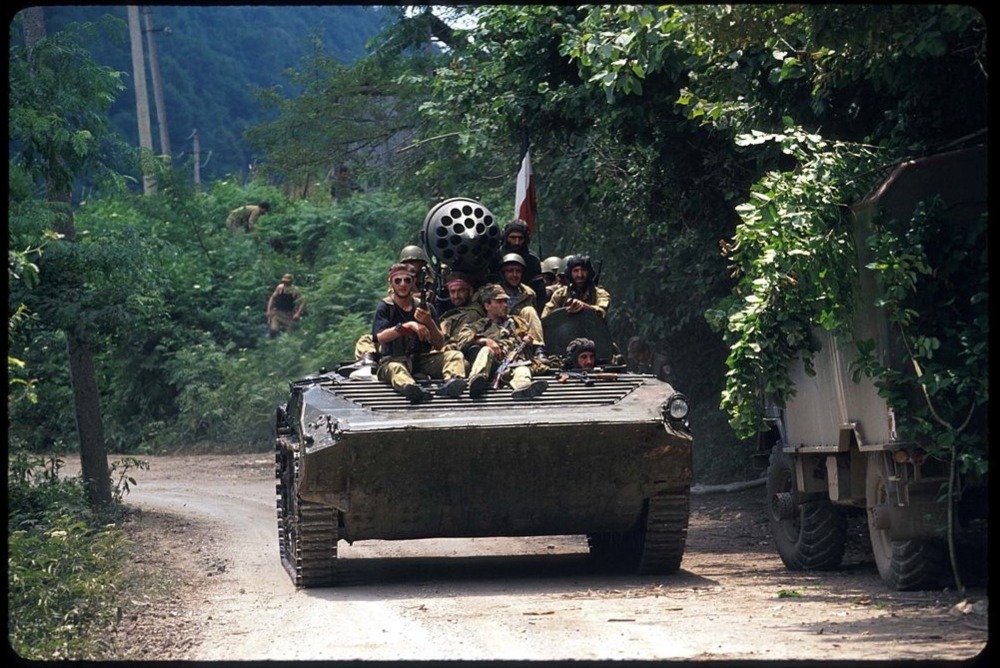
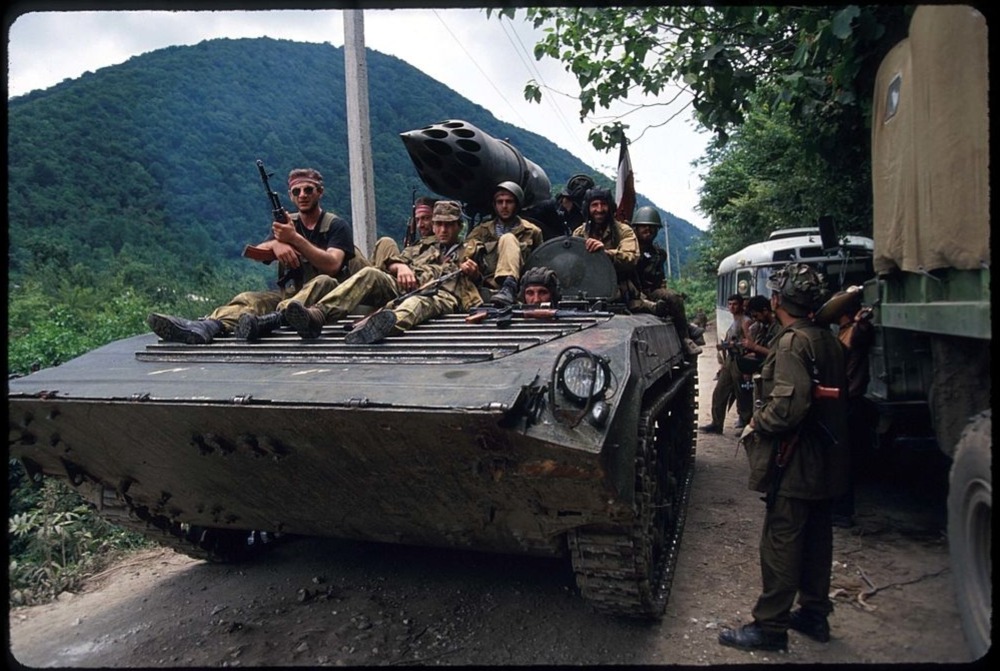
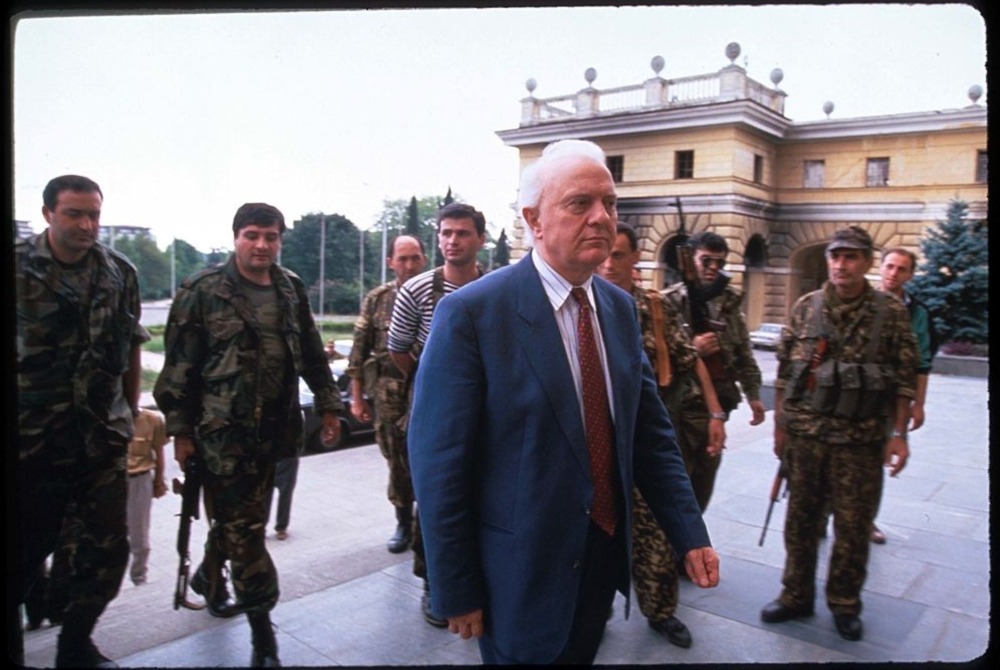



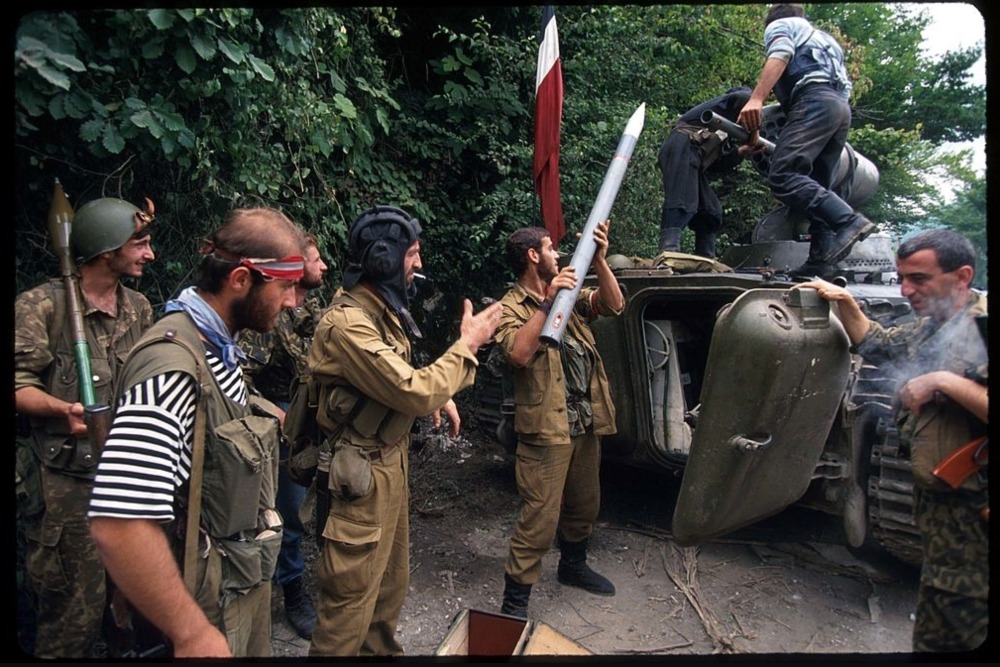
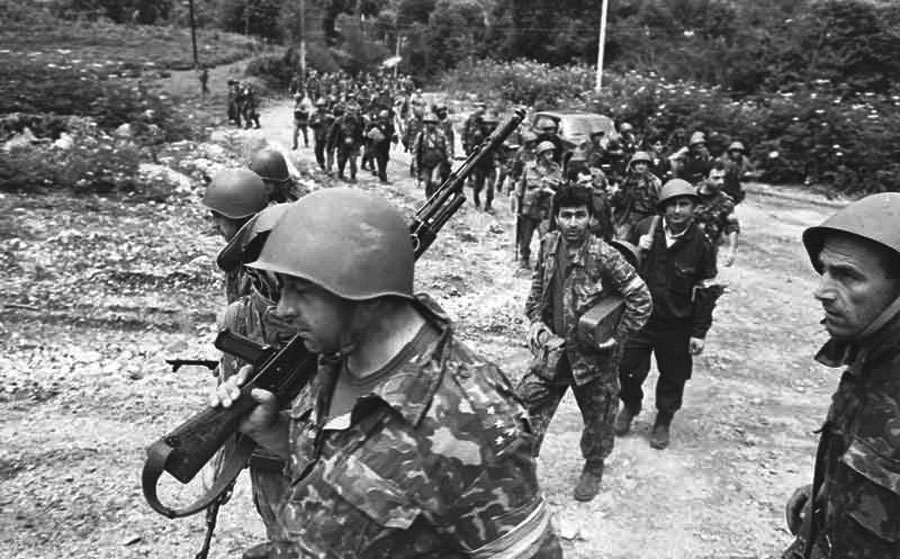
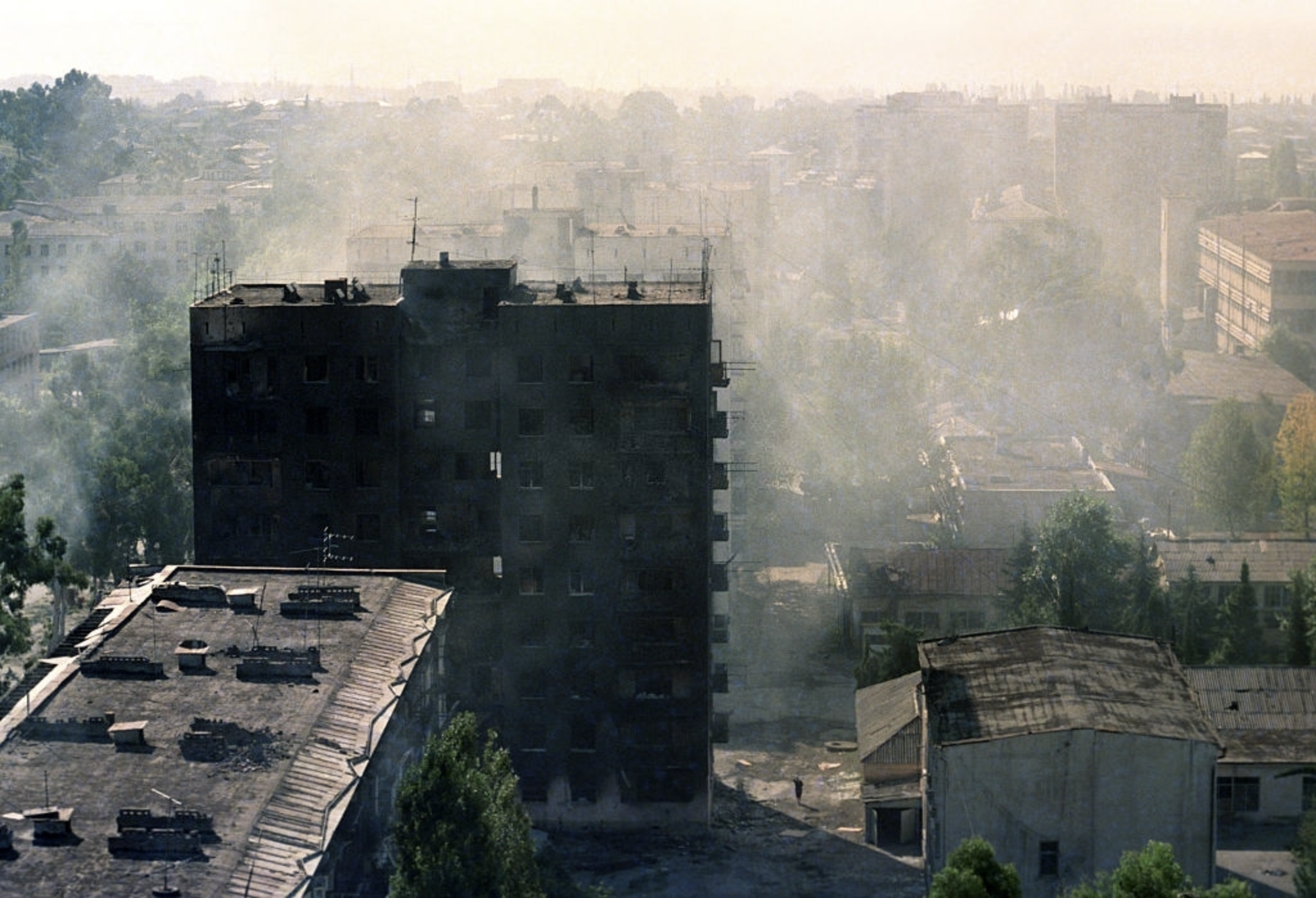
27 September 1993 | Sukhum, Abkhazia.
On 16 September, the decisive, strategic offensive of the Armed Forces of Abkhazia began with the goal of liberating the capital - the city of Sukhum.
Two motorised rifle-brigades at full complement were involved in the victorious offensive; the first group attacked frontally from the Gumista River, capturing the bridgehead.
Also, a division of the second brigade consisting of five battalions of about 300 people each participated in the September operation, and there were two battalions of the Gagra garrison.
A view of the Gumista River and Sukhum from Abkhazian fighter positions. (1992)

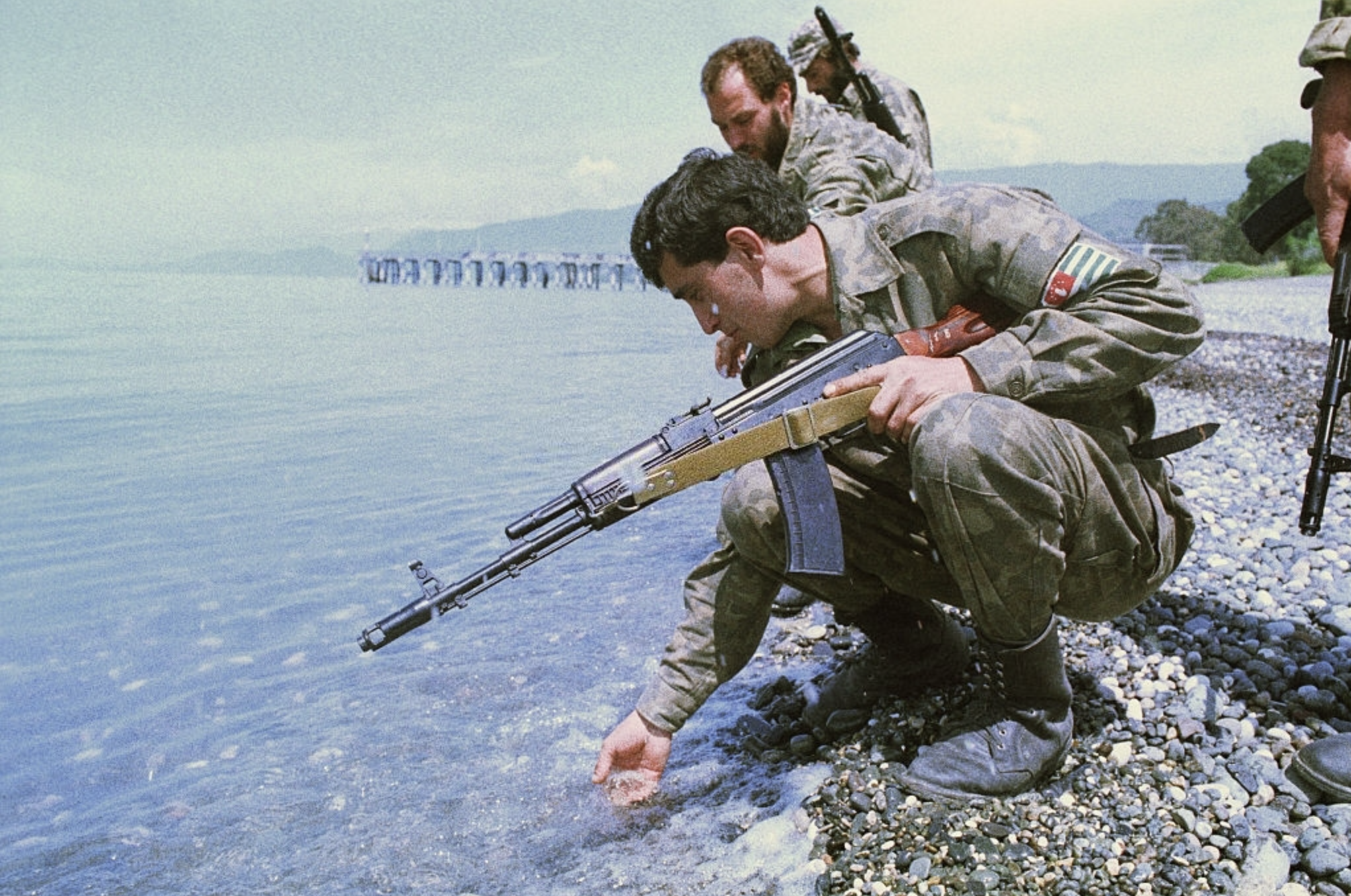
Abkhaz soldiers on the seashore.
A unit of the reserve regiment took part in the liberation of the capital; as a whole, there were about four thousand fighters in the west Gumista direction.
On 16 September, at about 13:00, Abkhazian fighters crossed the Gumista River near the lower bridge, while preparations were underway for an attack on Sukhum from the north.

Abkhaz fighters cross the Gumista river. September 1993.
On 17 September, Abkhazian troops reached the strategic roads leading to the city centre and blocked them. Units breaking into the city from the north developed the offensive, and some of them connected with units of the troops of the first flank. The strategic heights above the city were occupied - Shroma, Kaman, Tsugurovka, Akhalsheni and others.
On 19 September, the headquarters building of the former separate regiment of internal troops in the village of Achadara, where the enemy was ensconced, was seized.
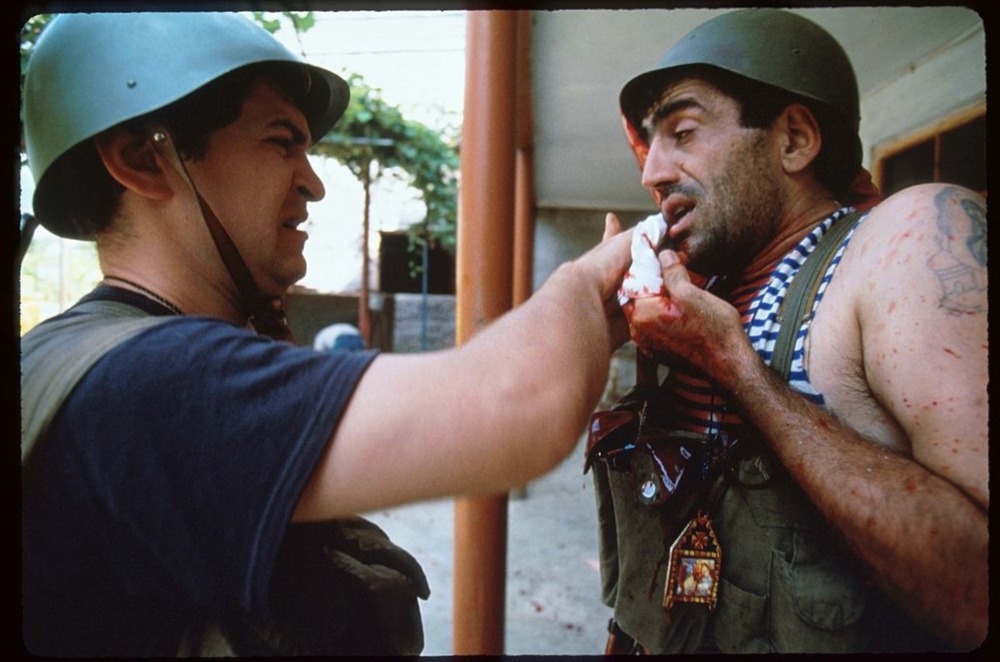
A Georgian soldier assists his injured friend. Sukhum, September 19, 1993.
On 20-21 September, units of the Abkhazian army closed a ring around Sukhum.
The Abkhazian army’s offensive developed successfully. The Abkhazian forces of the Eastern Front reached the Kodor River and carried out a methodical bombardment of Sukhum Airport, through which the Georgian command hastily sent reinforcements.
On 22 September, the command of the Georgian troops tried to deliver additional forces to Sukhum by sea, but the Abkhazian troops did not permit such an opportunity. Thus, the enemy was deprived of the possibility of transferring manpower and weapons to Sukhum.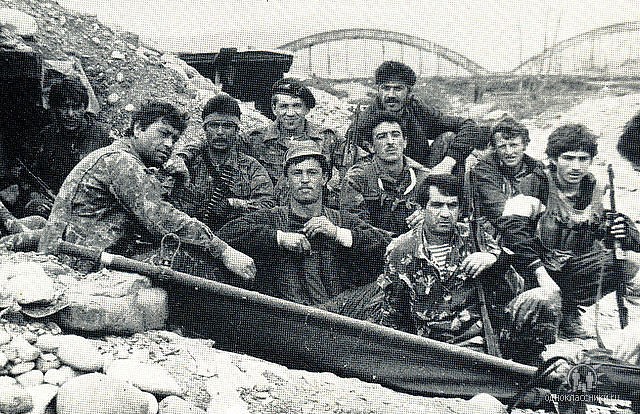
Volunteers from the North Caucasus, representatives of the Abkhaz / Circassian diaspora in Turkey and Syria took part in the liberation of Sukhum.
Video: Kabardian (Circassian) volunteers. See: How nations united: Formation of the Confederation of Caucasian Peoples
On 24 September, Abkhazian fighters captured new footholds in the city; the enemy retreated, suffering heavy losses and destroying all residential buildings on his way.
On 25 September, the flag of Abkhazia fluttered above the capital’s railway station, and Sukhum Mountain was also liberated.
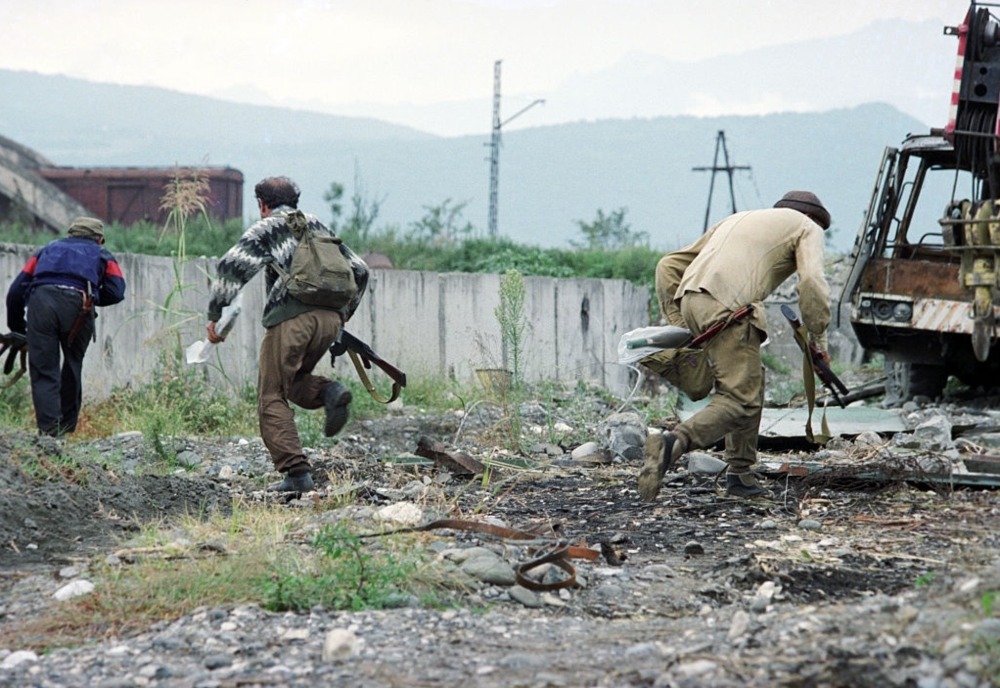
Abkhaz fighters during heavy street clashes in the Georgian-held town of Sukhum. September 1993.
On 27 September 1993, troops reached the centre of the city, and by 15:30 the flag of the Republic of Abkhazia was hoisted on the building of the Council of Ministers — the capital was set free.

The operation for the liberation of Sukhum was led by the Minister of Defence, Major-General Sultan Sosnaliev (left) and the Chief of the General Staff of the Armed Forces of Abkhazia, Major-General Sergei Dbar (right).
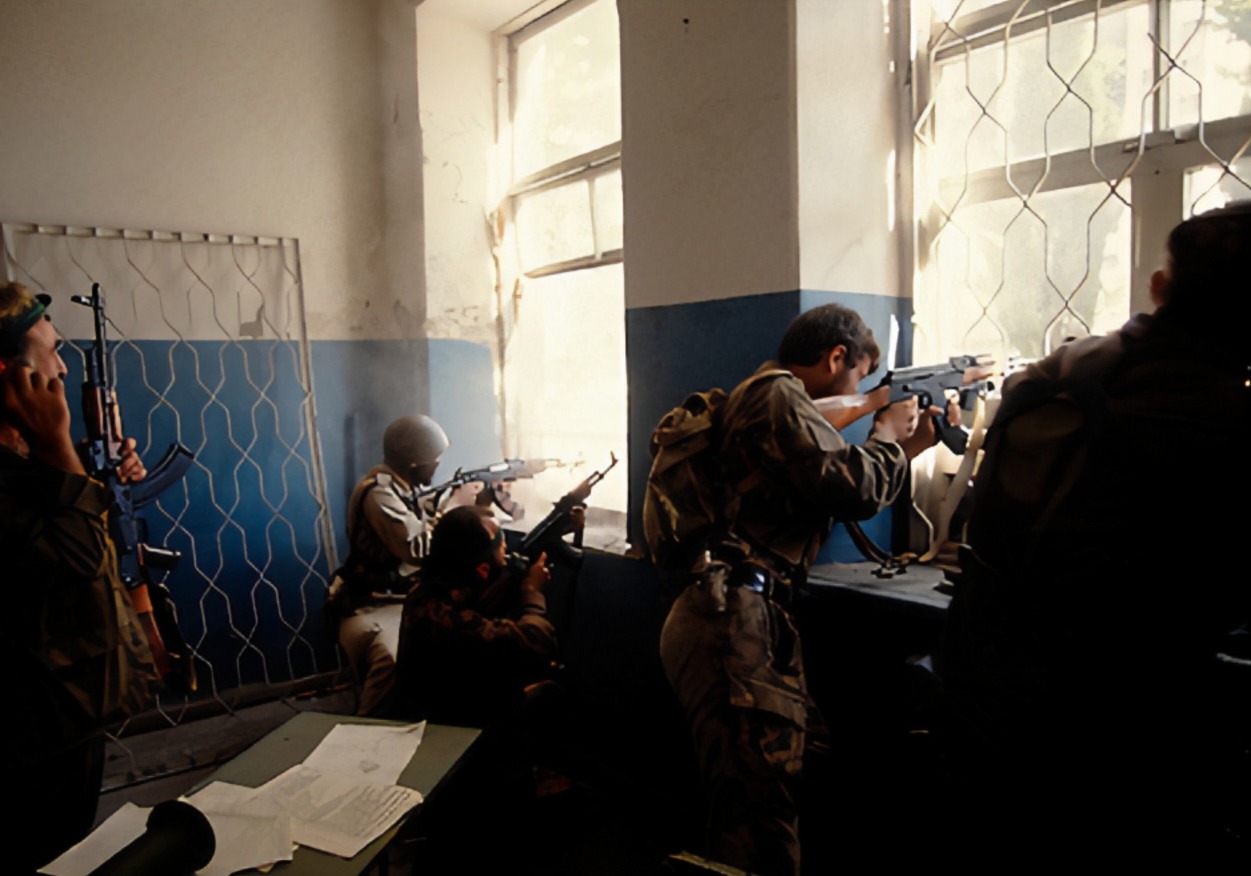
From a schoolhouse, Abkhazian fighters attack Georgian forces that are held up inside the Parliament. Within hours the Abkhazians would control the Parliament building and the city. Sukhum, September 27, 1993.
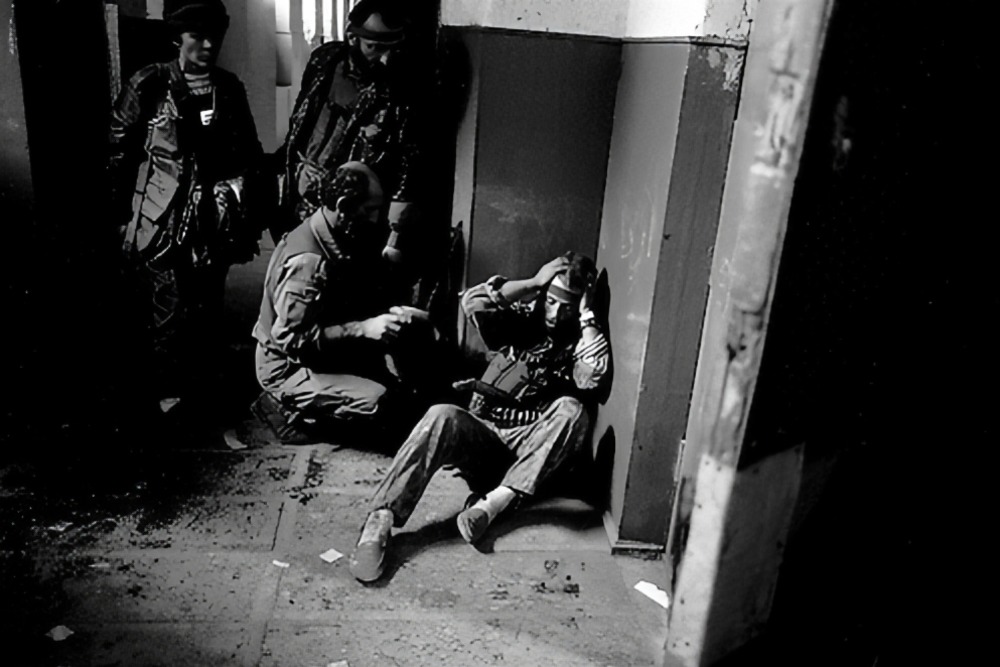
An Abkhazian soldier assists his injured friend. From a schoolhouse, Abkhazian fighters attack Georgian forces that are held up inside the Parliament. Sukhum, September 27, 1993.
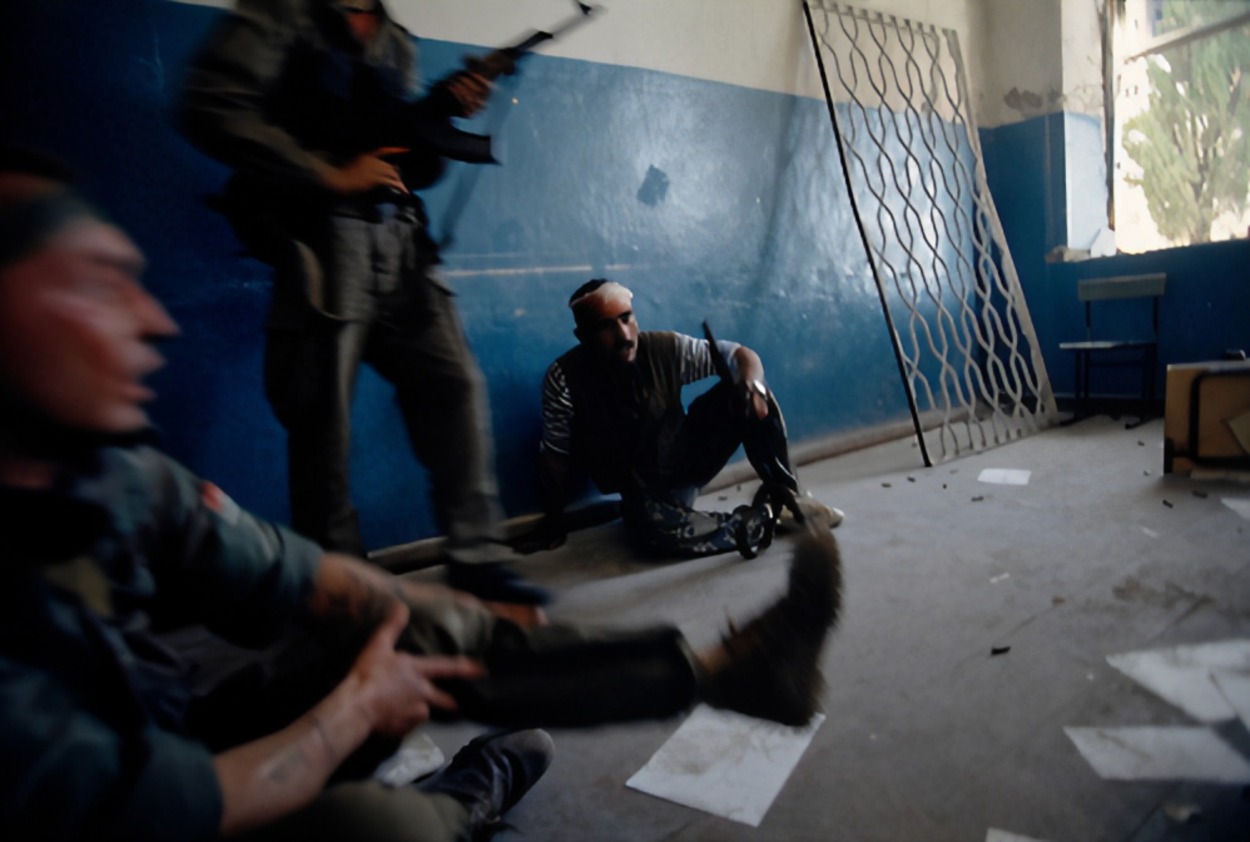
From a schoolhouse, a Polish volunteer Janusz Godawa (left) and Kabardian (Circassian) commander Arsen Efendiev, nicknamed Mongol (center) run towards the Parliament hoping to place an Abkhazian flag atop. Sukhum, September 27, 1993.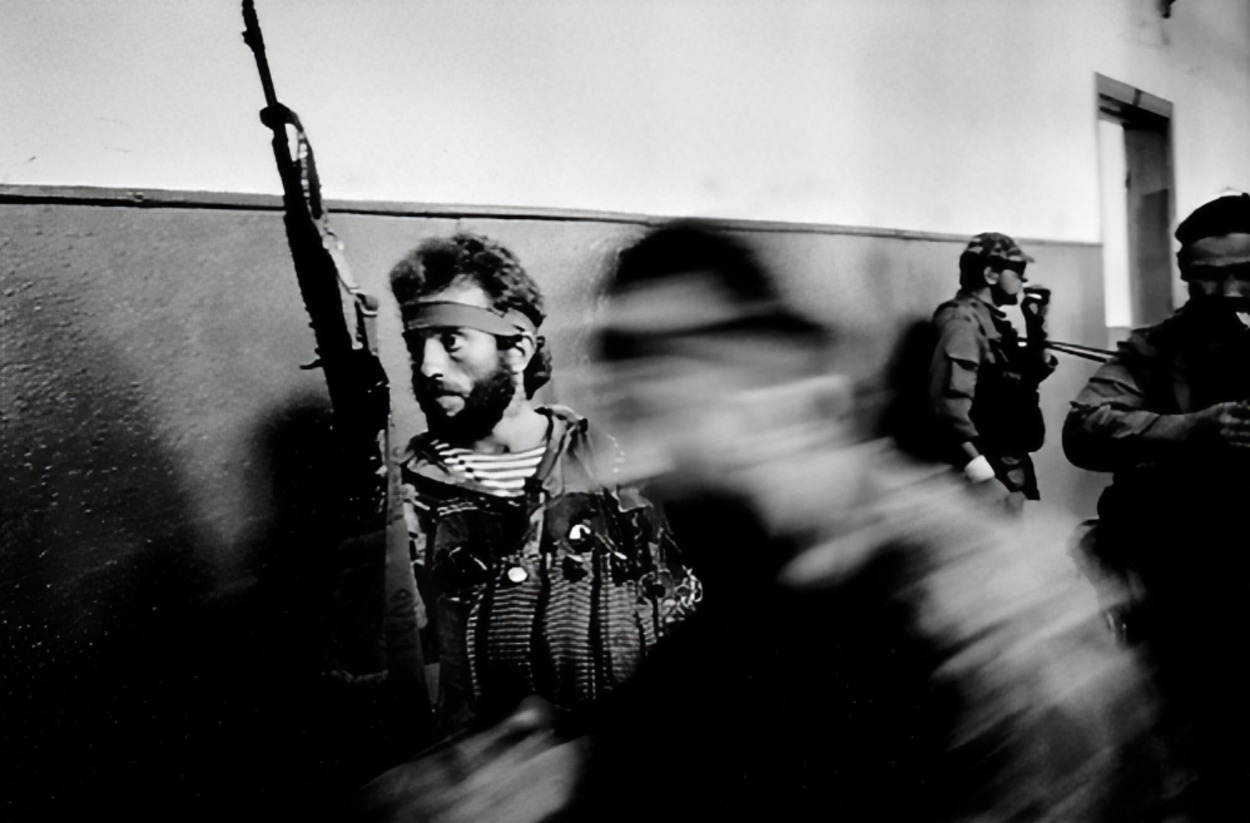
Hundreds of Abkhazian fighters open fire on Georgian forces held up inside. They do not succeed and are repulsed back into the schoolhouse. Within hours the Abkhazian fighters control the Parliament building and the city. Sukhum, September 27, 1993.

Abkhazian fighters during an attack on the parliament in Sukhum. September 27, 1993.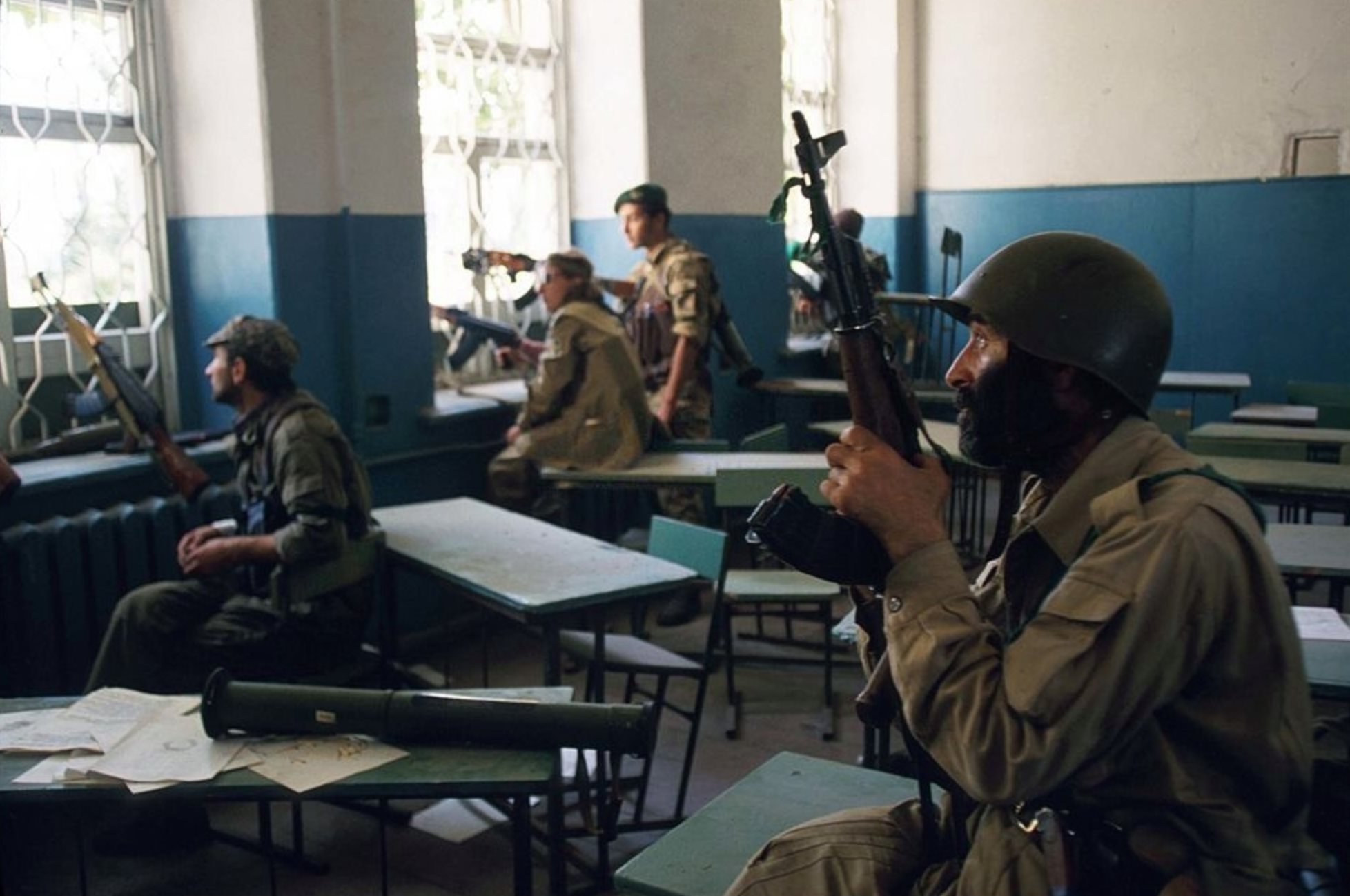
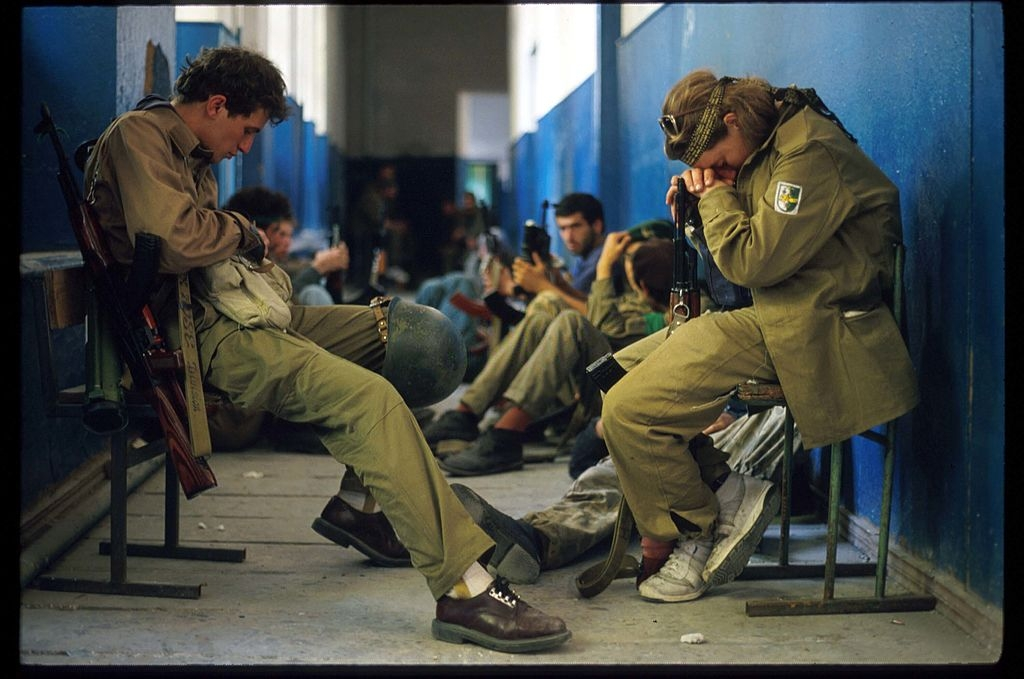
Abkhazian fighters sit in a hallway. September 1993.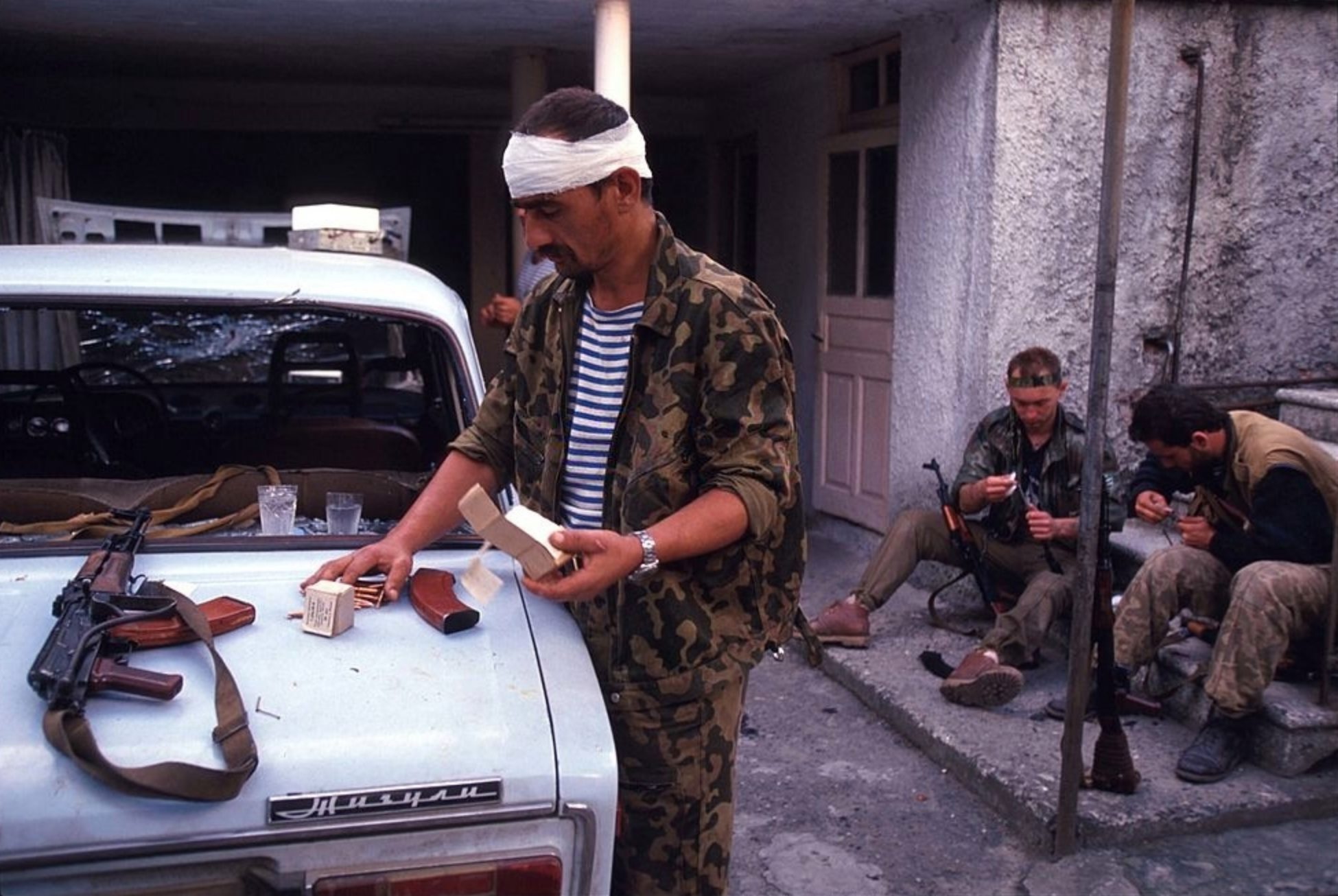
Kabardian (Circassian) volunteer Arsen Efendiev checks his ammunition. Behind (left) Polish volunteer Janusz Godawa. Sukhum, September 1993.
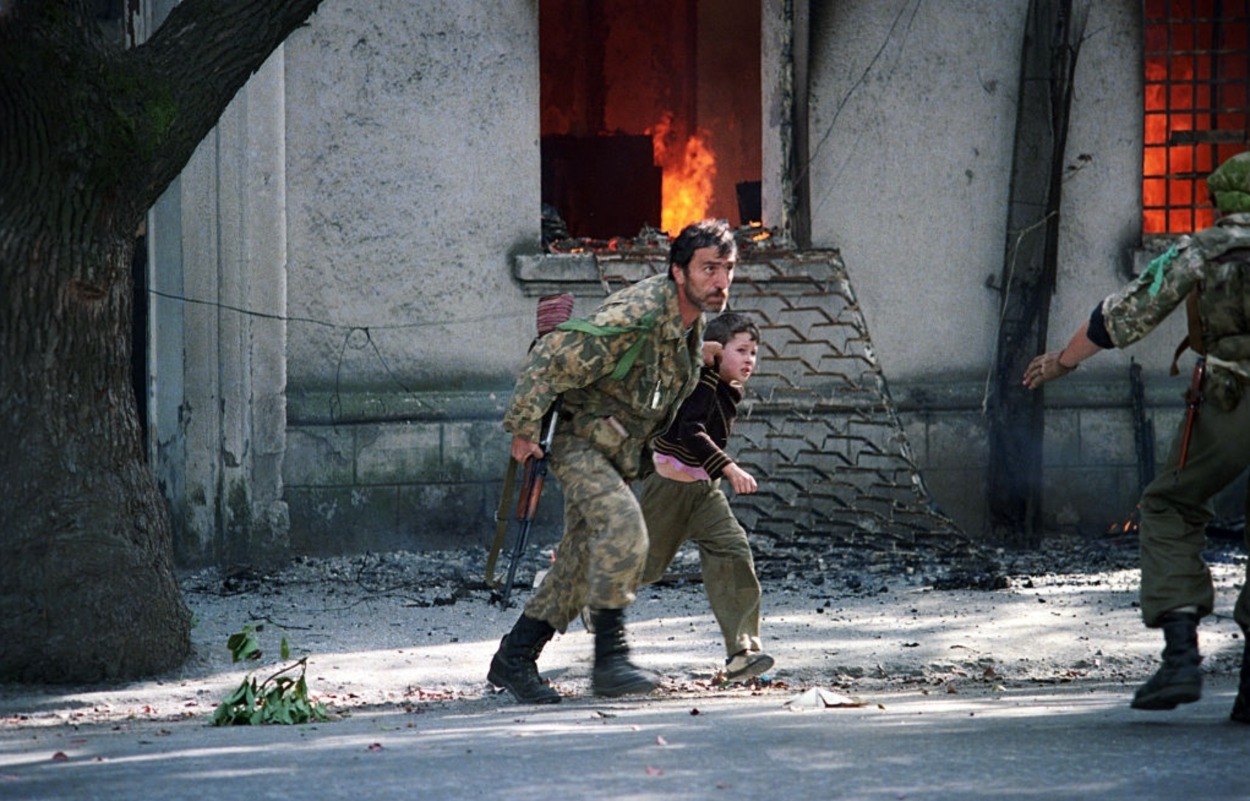
An Abkhaz fighter evacuates a boy out of the engagement area during street clashes in Sukhum. September 27, 1993.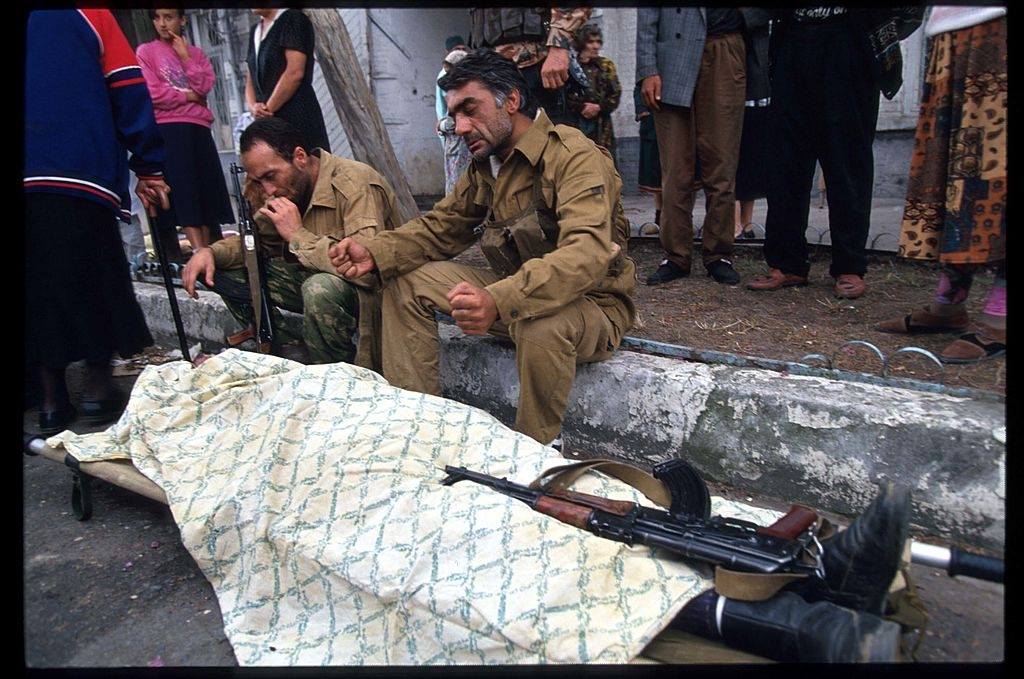
Abkhazian fighters sit on the curb next to a shrouded body. Sukhum, September 1993. 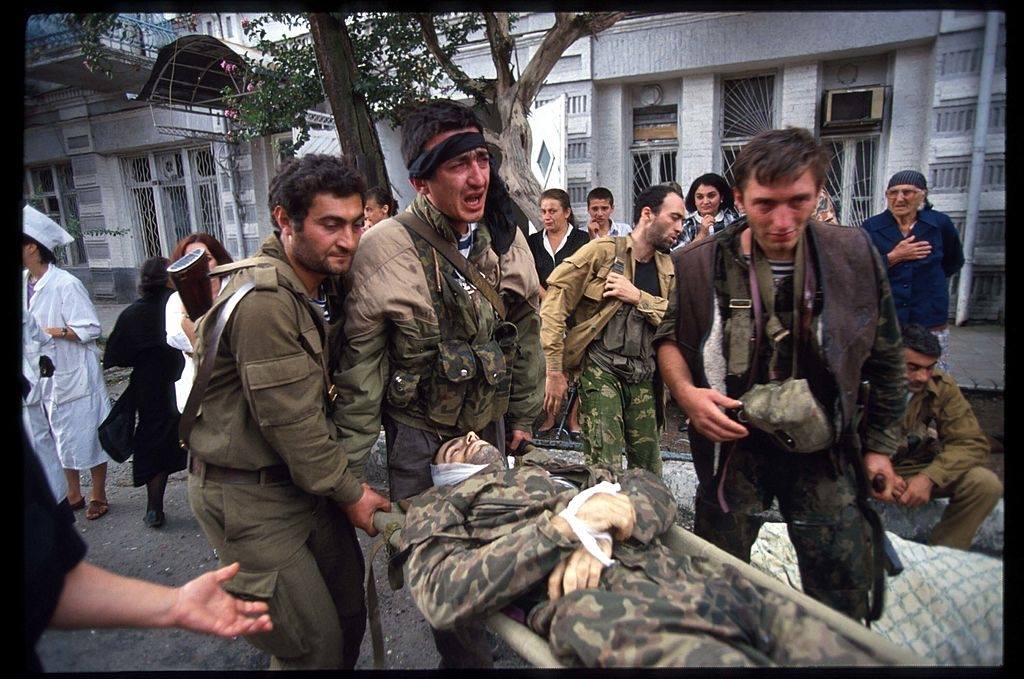
Abkhazian fighters carry the body of a dead comrade. Sukhum, September 1993.

Abkhazian fighter Rita Zongurova during street clashes. Sukhum, September 1993.
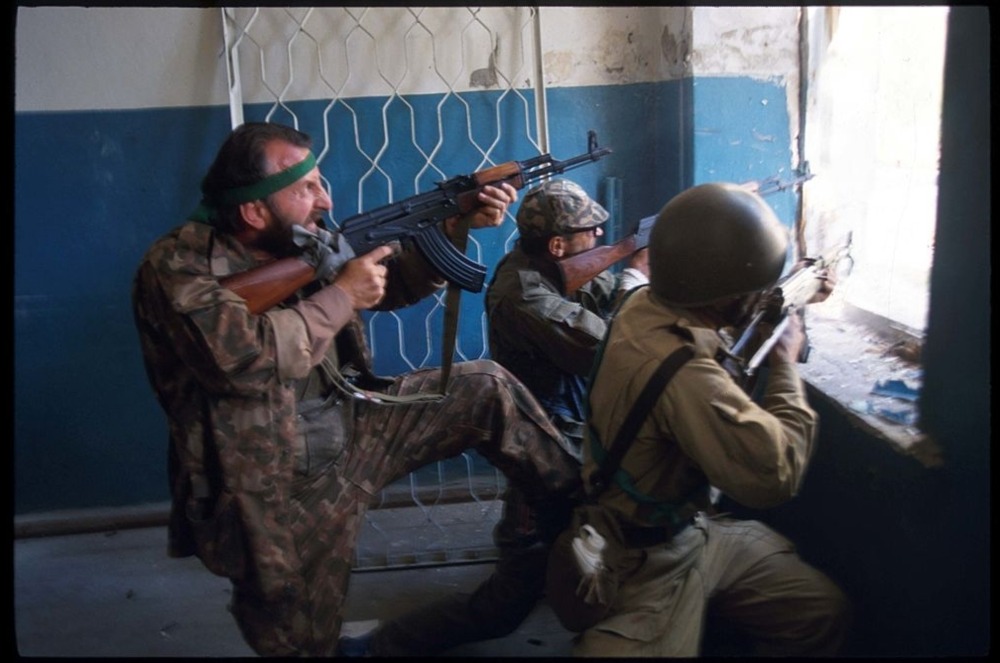
Abkhazian soldiers fire their weapons during an attack on the parliament in Sukhum. September 28, 1993.
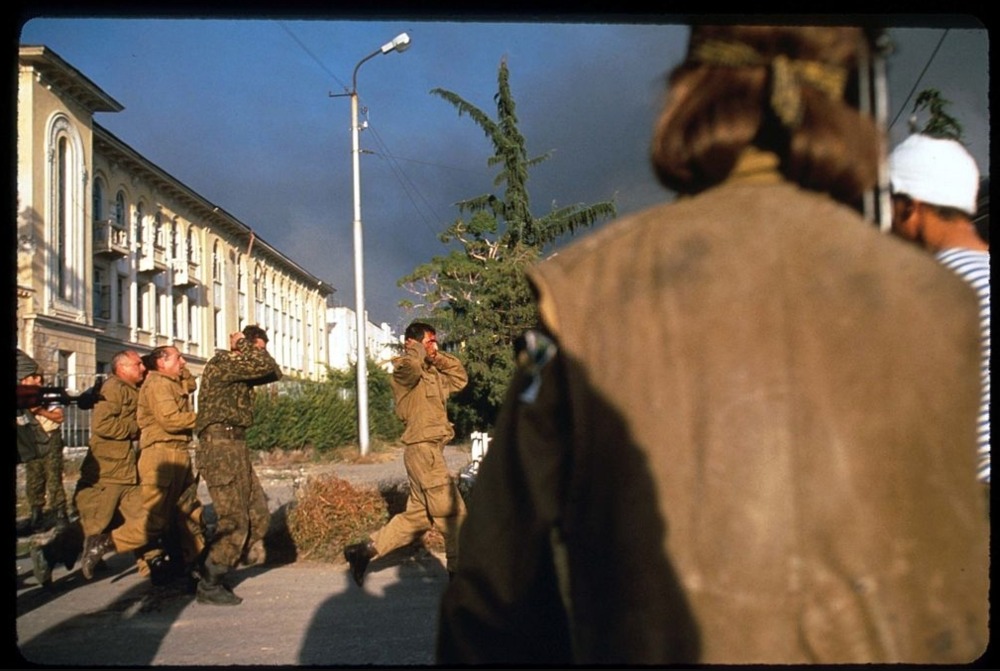
Captive Georgian soldiers walk. September 1993 in Sukhum.
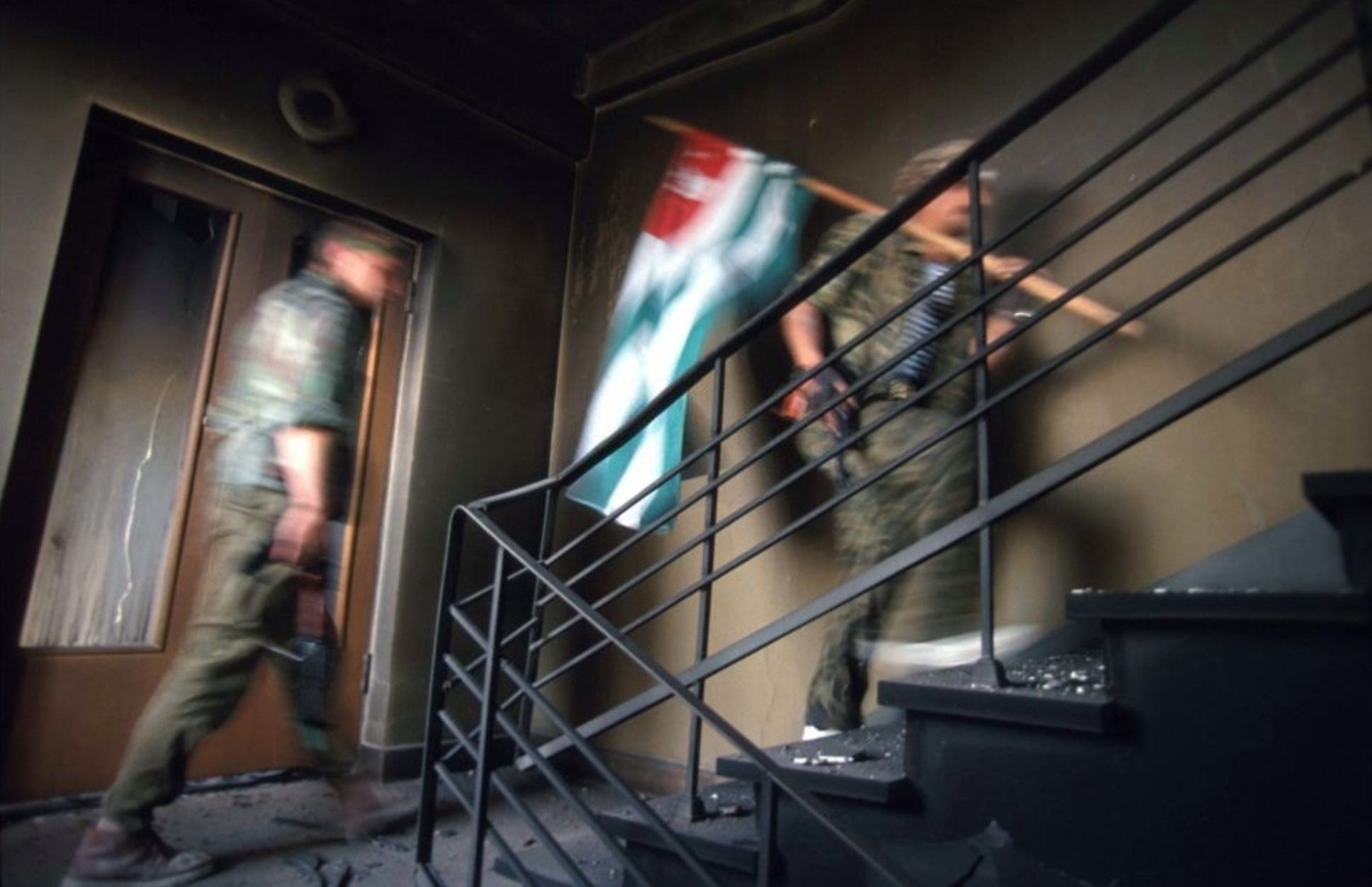
Polish volunteer Janusz Godawa and Kabardian volunteer Arsen Efendiev nicknamed "Mongol" carrying Abkhaz flag to the top of the parliament building.

Janusz Godawa made the journey from Poland specifically to take part in the conflict. Russian guards confiscated all the gear he had with him when he crossed the border but the Abkhaz forces replaced it. Arsen and Janusz fought together as brothers-in-arms. They died "together..." Janusz's body was found in Markhaul village on 30th September. Arsen disappeared without any trace. His family is still looking for him (https://poisk.vid.ru/?p=10&id=2541177)
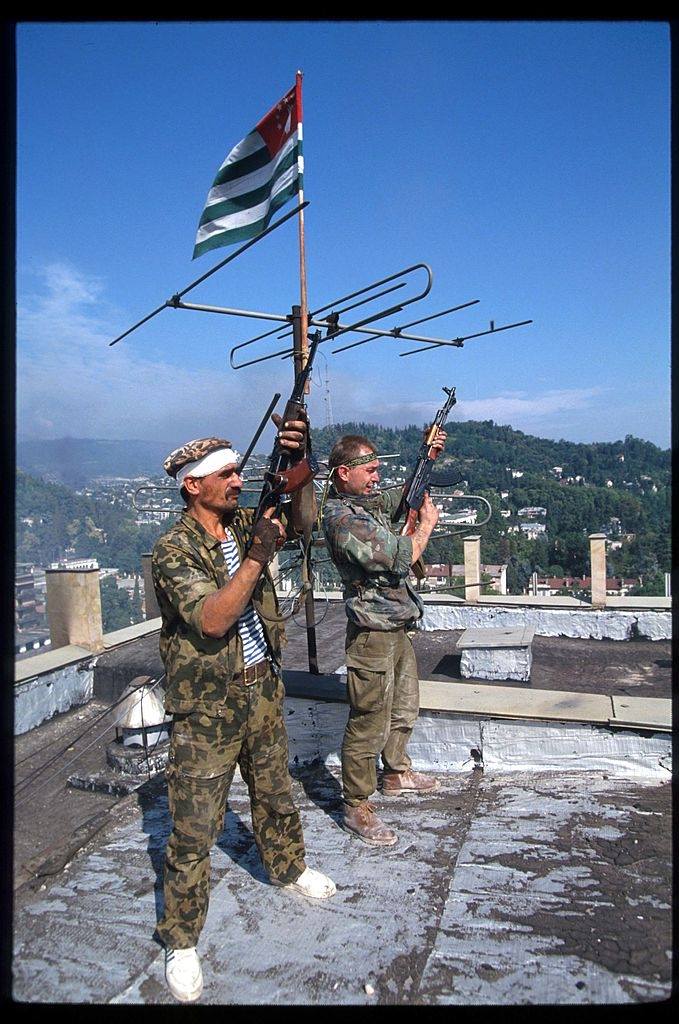
During the operation to liberate Sukhum from the Georgian occupation-forces, which lasted 12 days, the second army corps of the enemy numbering up to 12,000 persons was crushed; it was equipped with a large number of armoured vehicles, artillery and aviation.

Kabardian (Circassian) volunteers under the command of Muaed Shorov at the building of the Council of Ministers in Sukhum. 27 September 1993.
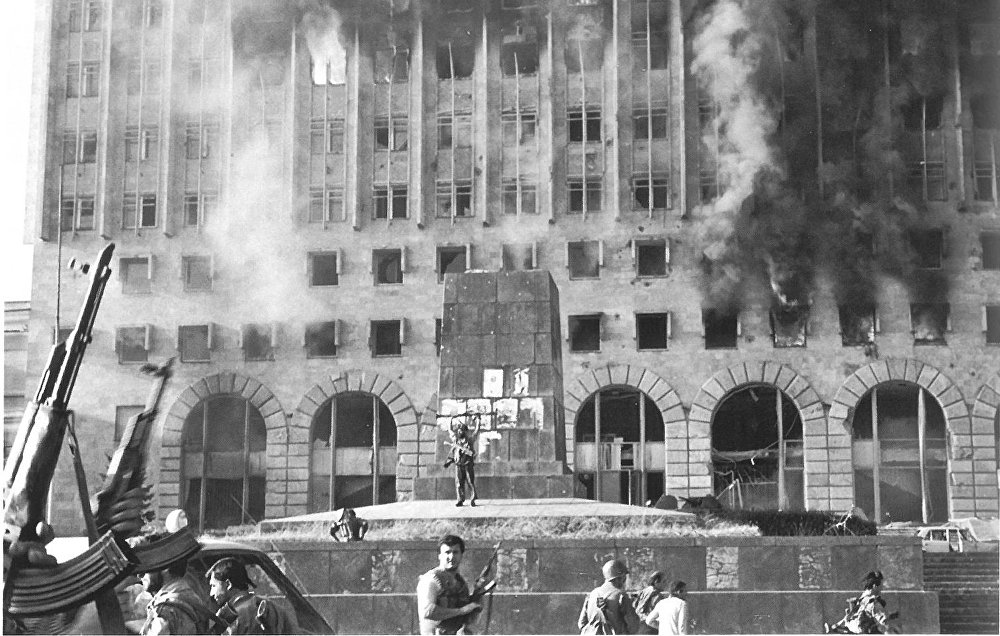
On 27 September 1993, Abkhazian troops reached the centre of Sukhum; by 15:30 the flag of the Republic of Abkhazia fluttered over the building of the Council of Ministers — the capital of Abkhazia was liberated.

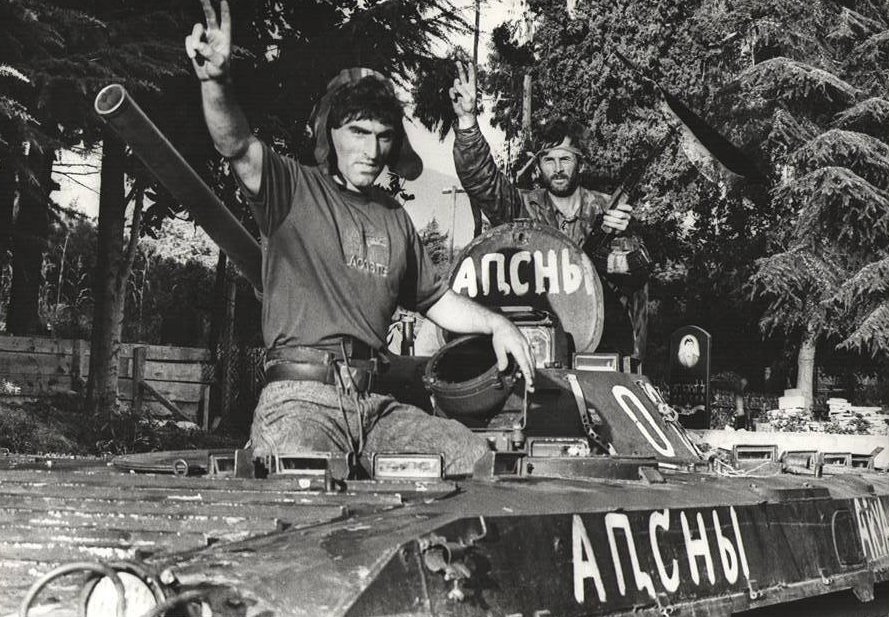
On 27 September 1993, Abkhazian troops reached the centre of Sukhum, the capital of Abkhazia was liberated from the Georgian invaders.